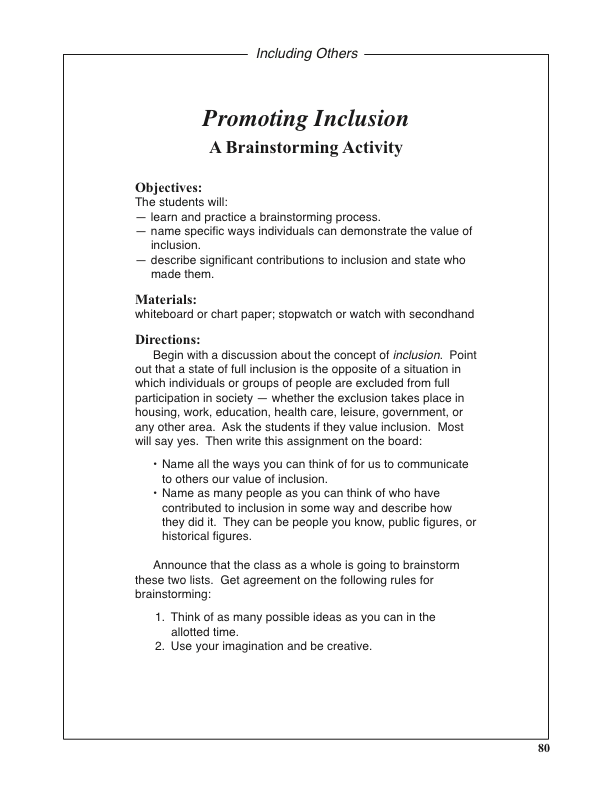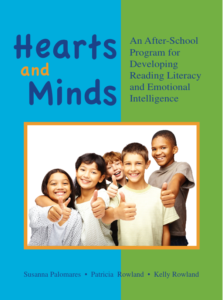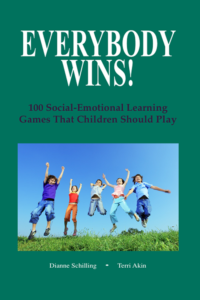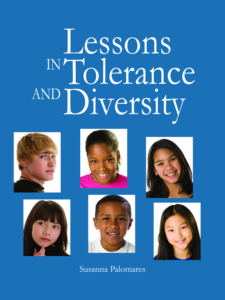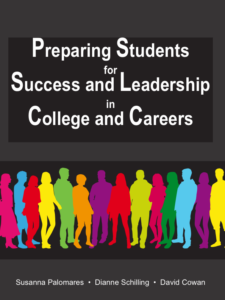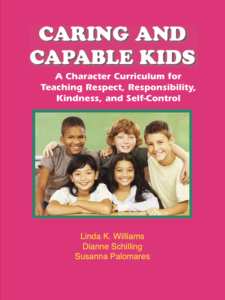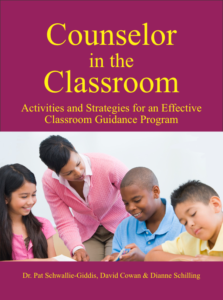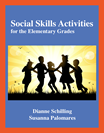
This Sharing Circle topic comes from the grades 3-8 resource book, Guided Discussions for DEVELOPING CHARACTER. Your students will build an understanding of character and its impact on them and the world around them. The topic helps your students identify the specific behaviors that comprise proactive, responsible citizenship. The topic for this Sharing Circle is, How I Show That I’m a Good School Citizen…
 Here’s Your Monday Morning Sharing Circle.
Here’s Your Monday Morning Sharing Circle.
Enjoy!
How I Show That I’m a Good School Citizen
Purpose:
To identify and discuss specific behaviors that comprise proactive, responsible citizenship.
Introducing the Topic:
In your own words, say to the students: We have two major jobs to do at school. One is to be a good student — to study and learn. The other is to be a contributing member of the school community — a good citizen. In this session, we’re going to focus on the job of citizenship. Our topic is, “How I Show That I’m a Good School Citizen.”
Tell us one way in which you demonstrate that you are a good citizen here at school. Think about the things you do in class and on the playground that help the school community function well. Maybe you make a habit of always following the rules. Perhaps you volunteer for jobs in the classroom, like erasing the board, putting away materials and equipment, or tutoring other kids. Or maybe you participate in a school-wide volunteer group, such as the safety patrol, or the conflict mediation team. Do you always put your trash in a trash receptacle? Do you take home notices and bring back permission slips on time? Do you take part in special events, like assemblies, holiday celebrations, and open house? Think about it for a few moments. Being a good citizen involves many different kinds of attitudes and actions. Our topic is, “How I Show That I’m a Good School Citizen.”
Discussion Questions:
— Why is it important to be a good school citizen?
— How is being a good citizen of the school similar to being a good citizen of the community? How is it different?
— Is part of being a good citizen encouraging others to be good citizens? What are some examples?
Do you want more information?
• Leading a Sharing Circle • Sharing Circle Rules
• Books and Resources • Free Activities • Subscribe
Here’s How It’s Done
Gather everyone into a circle.
Explain the rules for sharing, and get agreement from everyone that they will follow the rules.
Sharing Circle Rules:
• Everyone gets a turn to share, including the leader.
• You can skip your turn if you wish.
• Listen to the person who is sharing.
• There are no interruptions, probing, put-downs, or gossip.
• Share the time equally.
After everyone has shared, who wants to share, ask the discussion questions.
Get more in-depth information here.
Just click HERE to open a fully reproducible PDF of this Sharing Circle activity…
If you like our blog resources and would like to receive them regularly, please subscribe here or on our website at www.InnerchoicePublishing.com
Thanks so much for reading!
Susanna
PS: If a friend forwarded this to you, you can just sign up to get your own weekly Innerchoice Counselor Activity Blog.


